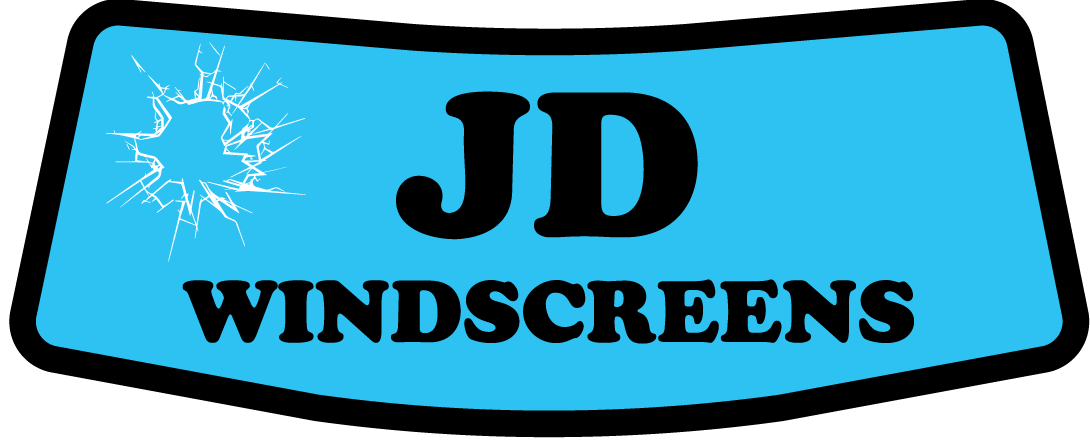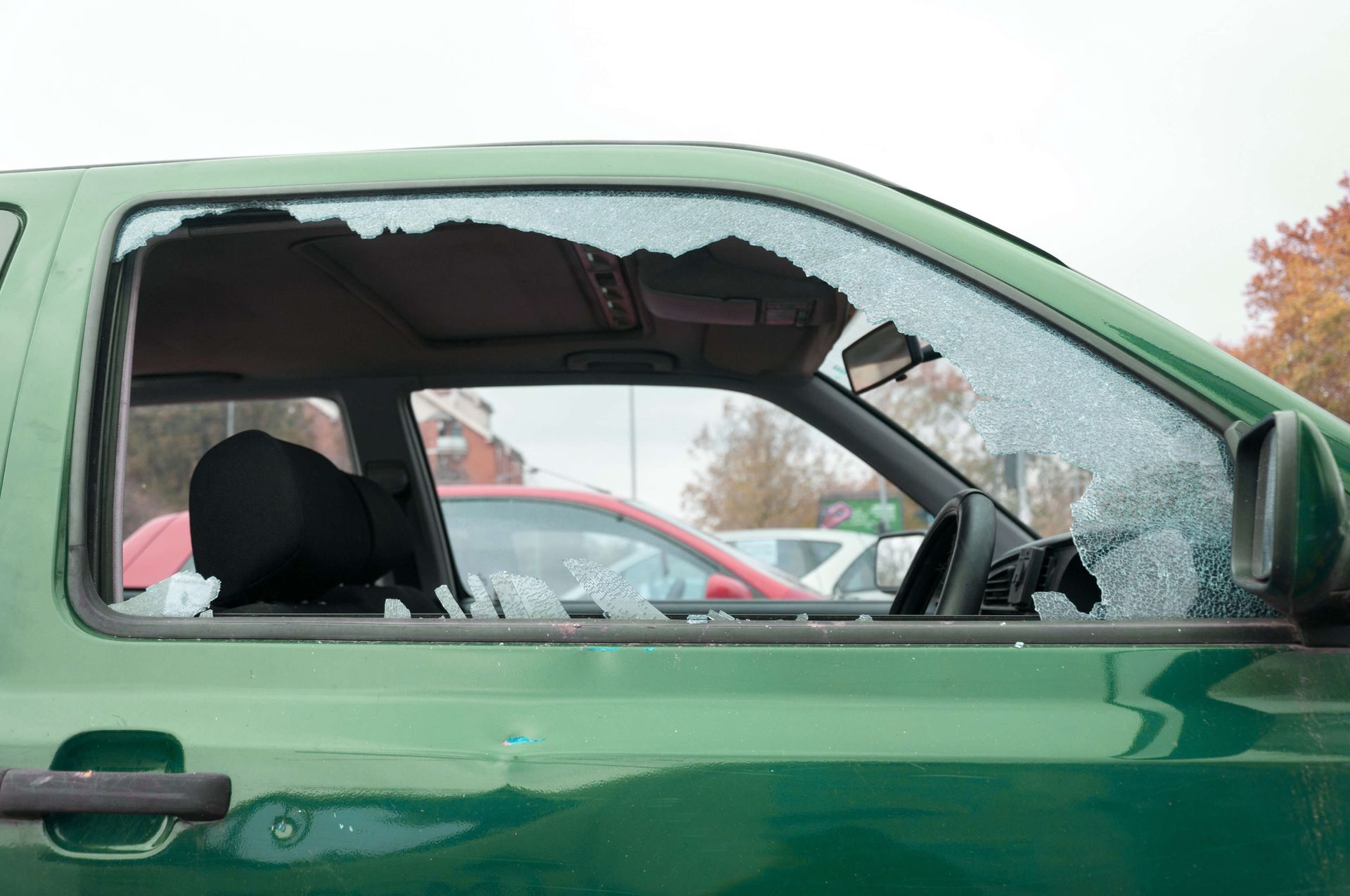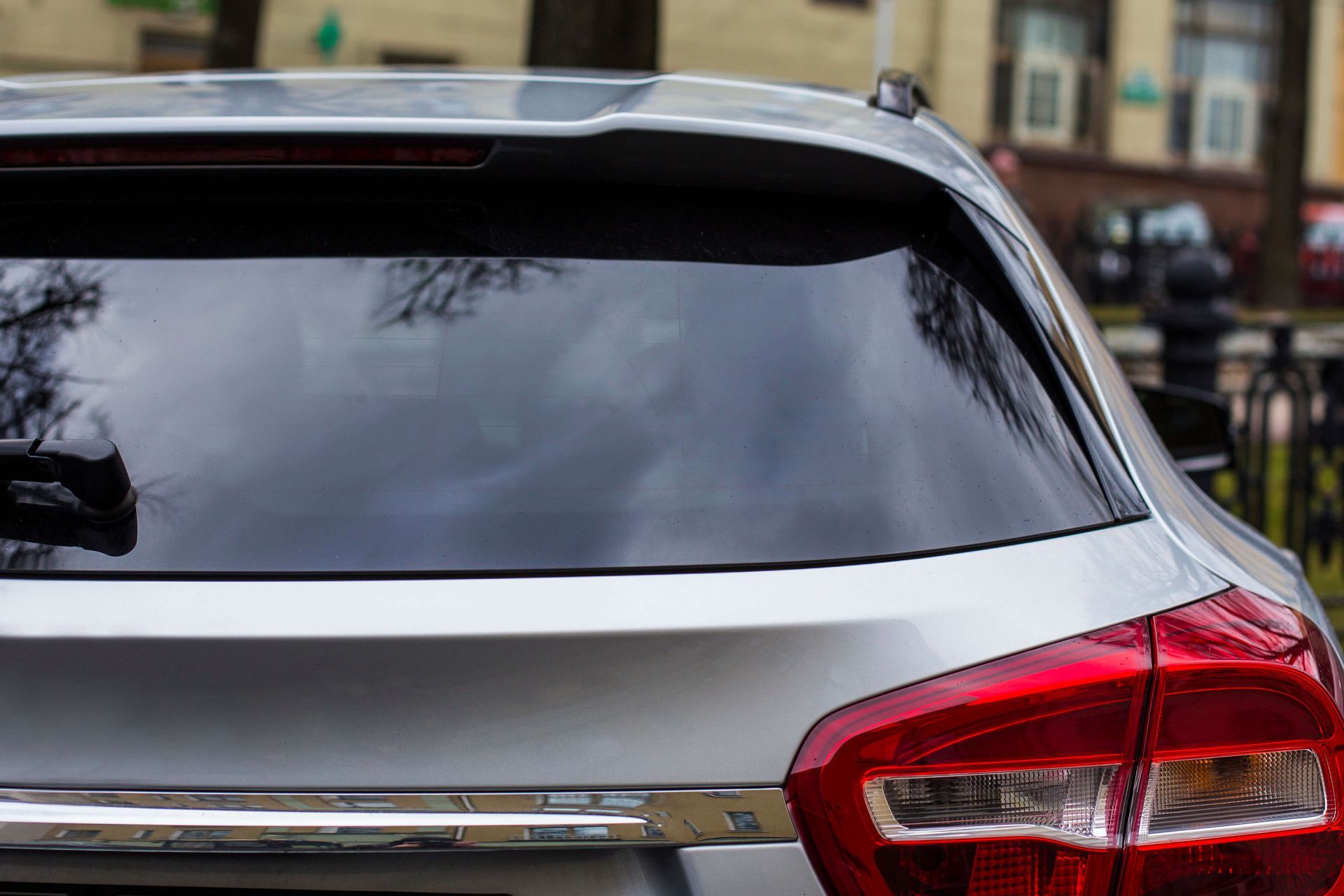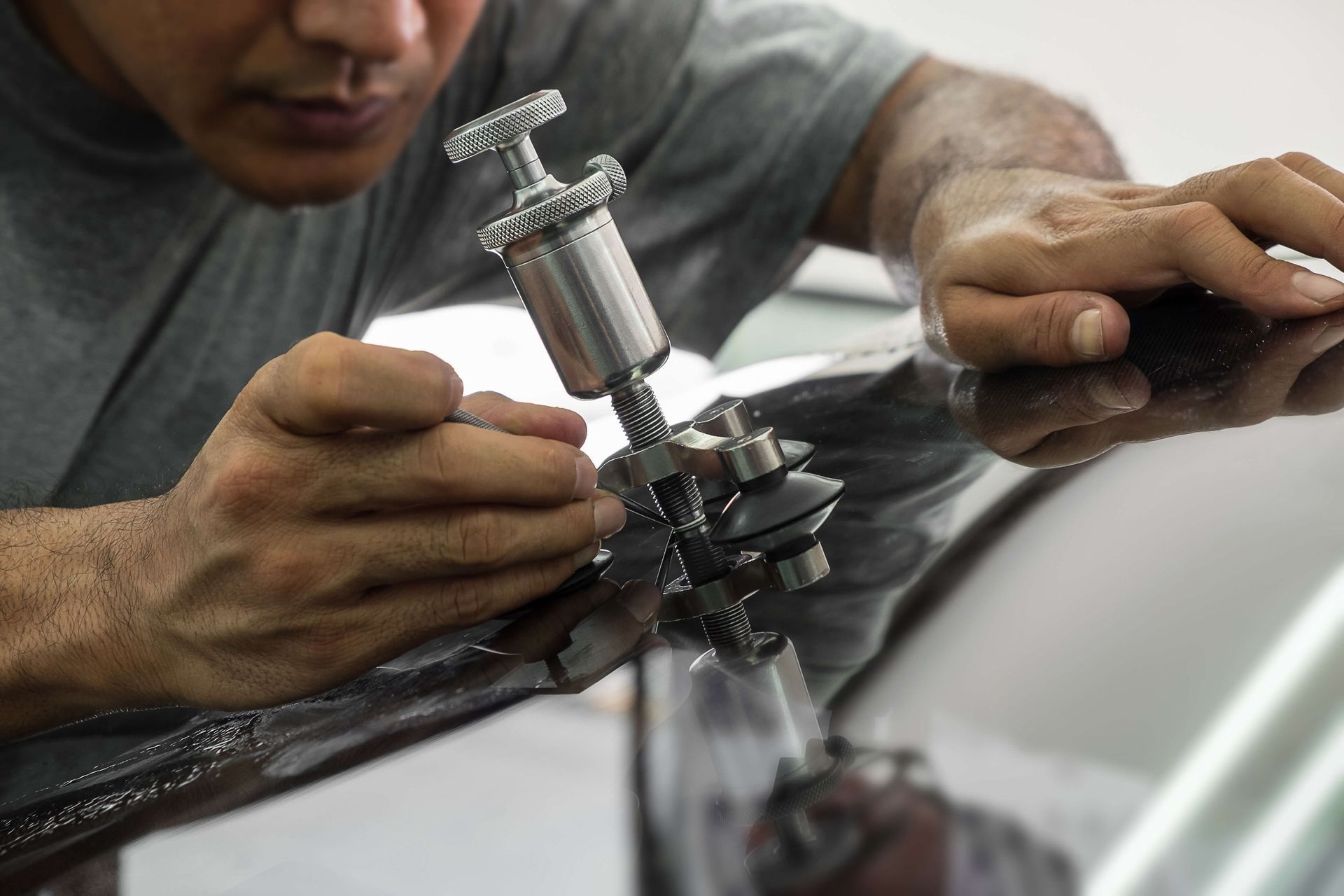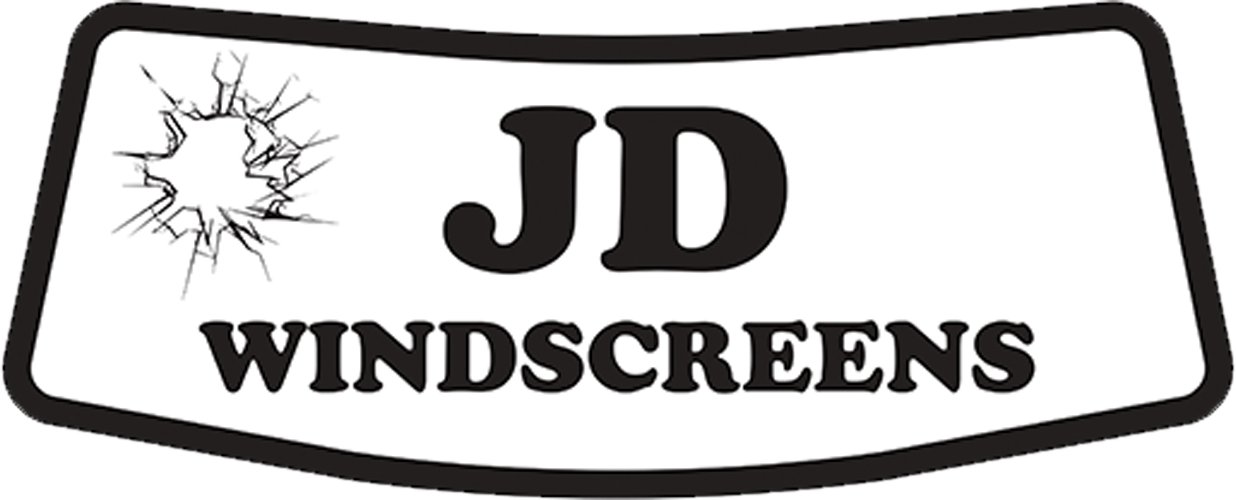info@jdwindscreens.com.au
OEM vs Aftermarket Windscreens: Which Should You Choose?
Your car’s windscreen does more than block wind and bugs, as it’s a key part of your safety and visibility on every drive. A small decision like choosing between OEM and aftermarket glass can impact how well your vehicle protects you, how clearly you see the road, and even how your sensors respond during sudden stops.
Many Australian drivers face this choice after a crack or chip, not realising that the right glass affects comfort, noise, and even insurance coverage. At JD Windscreens, we help you understand what really matters before replacing your windscreen. In this guide, you’ll learn the real differences between OEM and aftermarket options, what each means for safety, cost, and long-term value.
What Does an OEM Windscreen Mean?
OEM stands for Original Equipment Manufacturer. That means the glass is made to match your car’s exact factory design. It’s built with the same size, thickness, and optical clarity as the original one your car came with.
Here’s what defines OEM glass quality:
- It’s produced by the same supplier that made your car’s first windscreen.
- It fits perfectly and keeps your car’s body sealed tight.
- It connects smoothly with built-in sensors and driver-assist features.
- It usually carries longer warranty support from the manufacturer or installer.
What Are Aftermarket Windscreens?
Aftermarket windscreens are made by other manufacturers, not your car’s original supplier. They cost less and are easier to find, which makes them popular for older cars or when you’re on a tight budget. These windscreens meet the basic safety laws in Australia, but their quality depends on who made them and who installs them.
When done by a certified technician using the right materials, a good aftermarket windscreen can perform well. But if the fit is off or the clarity isn’t perfect, you may notice slight noise, glare, or sensor issues later on.
Key Differences Between the Two Glass Types
Both OEM and aftermarket windscreens protect you from wind and debris, yet their performance varies. OEM glass fits like a puzzle piece and keeps all systems aligned exactly as the car maker intended. Aftermarket glass can be more affordable, but sometimes needs extra adjustment or calibration to work properly.
For cars with complex sensors or heads-up displays, OEM tends to be the safer option. For everyday older vehicles, high-quality aftermarket glass may be perfectly fine when installed correctly. The choice depends on your car’s age, technology, and how much precision you expect.
Safety and Calibration Considerations
Modern vehicles rely on driver-assist systems such as lane alerts, collision warnings, and rain sensors. These systems read through the windscreen using built-in cameras. Even a small misalignment can affect how well those systems react on the road.
OEM glass is designed to match the calibration points your car already uses, keeping safety features accurate. Some aftermarket glass may still work, but it might need extra calibration. Always ensure your installer checks and calibrates everything after fitting the new glass.
Warranty and Insurance Factors
Warranty coverage can be very different between the two types of glass. OEM replacements often include longer protection on materials and fittings, which can save you headaches later. Some insurance policies even require OEM glass for full coverage, especially on newer vehicles with advanced technology.
Aftermarket glass usually has shorter warranty coverage, often limited to workmanship. Before you agree to any windscreen replacement, ask what the warranty covers and whether your insurer approves that glass type. A quick check today can prevent problems if a claim ever arises.
Cost vs Long-Term Value
Price is often the first thing drivers notice, but long-term value matters more. While aftermarket windscreens are cheaper upfront, small differences in fit or bonding can lead to leaks, fogging, or repeated recalibration. These extra fixes add up over time.
OEM glass costs more but can save money in the long run by maintaining performance and reducing repair frequency. Think about the total lifespan of your car and how much peace of mind is worth to you before deciding. Getting your windscreen replacement done by certified technicians also means you’re less likely to face issues like leaks, fogging, or repeat replacements.
When an Aftermarket Option Makes Sense
Aftermarket glass isn’t always a downgrade. It can be a smart and practical choice when fitted correctly by a qualified technician. For some drivers, it offers a balance between cost and function, especially when OEM glass isn’t necessary for their car’s performance or safety systems.
Aftermarket option makes sense if all of these apply:
- Your car doesn’t have built-in sensors or cameras.
- You’re driving an older or secondary vehicle.
- The installer uses certified adhesives and Australian-approved glass.
- You want a cost-effective solution for minor damage.
Professional Installation is the Key
No matter which glass you choose, professional installation is the most important part. Even a perfect piece of OEM glass can fail if it’s installed poorly. Certified technicians ensure the surface is cleaned, sealed, and bonded correctly, then calibrated for your car’s safety systems.
At JD Windscreens, our skilled team follows strict Australian safety standards. We use high-grade adhesives and precise tools to make sure your windscreen is secure and your view stays crystal clear. We assure careful attention to every detail, giving your car the care it deserves.
Choosing What’s Best for You and Your Car
Your windscreen is more than just a sheet of glass; it’s your shield against impact, glare, and distraction. Whether you choose OEM or a quality aftermarket option, what truly matters is expert installation, correct calibration, and long-lasting clarity. The right choice should make your car feel safe, quiet, and reliable every time you drive.
At JD Windscreens, we focus on giving you honest guidance, not just a quick fix. Our technicians use certified materials and careful techniques to ensure your windscreen fits perfectly and performs the way it should. If you’d like help choosing the best option for your vehicle or need professional fitting, contact us to learn more.
Frequently Asked Questions (FAQs)
What’s the main difference between OEM and aftermarket windscreens?
OEM glass is made to the car maker’s exact design, while aftermarket glass is built by third-party companies. Both can meet safety standards, but OEM offers a closer fit and better sensor compatibility.
Will my insurance cover aftermarket glass?
Most insurance plans cover both options, but some policies may require OEM glass for newer models or certain claims. Always check your policy before confirming a replacement.
Does aftermarket glass affect safety systems like cameras or sensors?
It can if the fit isn’t perfect. Slight distortion or thickness differences may affect calibration. A professional installer can recalibrate sensors so your systems work correctly.
How long does the warranty last for windscreen replacement?
OEM glass often comes with a longer or lifetime warranty covering material and workmanship. Aftermarket warranties are typically shorter, so it’s best to confirm coverage before installation.
Can aftermarket glass be as good as OEM?
Yes, if it’s from a reputable brand and installed by certified professionals. Quality aftermarket glass can perform well for cars without complex ADAS technology.



